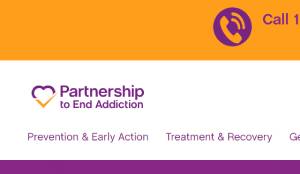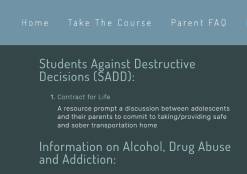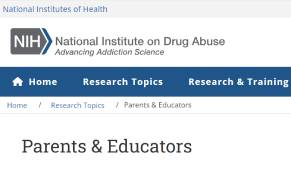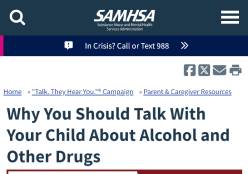As your child gets older, they are more likely to get confronted with drugs and alcohol. Talking to children and teens about alcohol and drugs from an early age is important to increase awareness of risks and peer pressure. It will also be vital for your child to understand the impact of drugs and alcohol on their bleeding disorder symptoms.
This section of Drugs and Alcohol covers:
The Risk of Drugs and Alcohol For People with a Bleeding Disorder
How to Talk to Your Child about Drugs and Alcohol
The Risks of Drugs and Alcohol for People with a Bleeding Disorder
Different drugs have different effects on the body. Many can cause substantial health problems, injuries, and accidents, and can lead to dependency and addiction, even at a young age. Having a blood or bleeding disorder adds additional risks.
Alcohol and many drugs can decrease your judgment, coordination, and reaction time. This can lead to injuries through risky behaviors or loss of balance. While some resultant bleeding episodes may only be minor others, such as a brain bleed, can quickly become very dangerous.
Alcohol and some drugs act as a diuretic, which means that these cause the body to lose water. This can lead to dehydration. It is much more difficult to find and access a vein if the body is dehydrated. This can prevent you from infusing much needed bleeding disorder medications.
Alcohol and some other drugs can limit blood clotting. Your bleeding disorder already causes your blood to not clot properly. This can be intensified through the use of certain drugs and alcohol, which can lead to major, dangerous, and often difficult to control bleeding episodes.
Drugs and alcohol can interact with other medications. These may include your bleeding disorder mediation or other prescription drugs you might taking. The interaction may cause the medication to no longer function properly or have negative effects on your body.
How to Talk to Your Child about Drugs and Alcohol
Talking to your child about drugs and alcohol is important. Children and teens are exposed to more than you might realize through social media, their peers at school, or within their general community. The best preventative measure to keep them safe is to consistently talk to your child about the risks of drug and alcohol use. These conversations should begin at an early age. While you may think that these topics are too scarry or you will have plenty of time once your child gets older, statistics show that many start experimenting with drugs and alcohol during their tween years. It is never too early to start the conversation.
But how can you start a conversation with your child about this topic? Here are a few tips to help you:
Talking about drug and alcohol use is not a big one-time conversation. Many small conversations that evolve as your child gets older will be more beneficial. These will allow you to address situations in the moment and provide ongoing guidance.
There is a lot of misinformation about drug and alcohol use spread among young people. For example, people may think that prescription pills are safe and won’t cause addictions. It is important to share factually correct information with your child. This will support your child in making the right choices. The Drug Enforcement Agency (DEA) and the National Institute of Drug Abuse (NIDA) provide helpful information about many drugs currently being used.
Your child’s bleeding disorder symptoms can be impacted by certain drugs and alcohol. It will be important for your child to understand the potential negative consequences of drug and alcohol use.
When talking about drugs and alcohol you want to create an environment where your child feels safe to share. Always come from a place of support and answer their questions honestly.
While it may not always be obvious, children care about their parents’ thoughts and opinions. The values, concerns, and boundaries you share with your child will influence the decisions they make. Not sharing your concerns about drug and alcohol use can lead to your child believing that there are no risks, or they are not a big deal.
Starting a conversation based on a real-life situation can often be helpful. For example, you may build on a movie scene, where an actor is smoking, drinking, or using other substances. You can also develop a conversation if your child mentions situations with their peers. You can start by asking a question, such as "The character in the movie is drinking a lot of alcohol, what do you think about that?" or "I heard you say Ella's big brother was vaping. What are your thoughts on this?" Keep the conversation light, but informative.
Very likely your child will be exposed to peer pressure at some point in their life. As they get older, their peer's opinions tend to become more important. Practicing how to react in certain situations, what to say, and what to do will provide them with skills to make the right choices. For example, you can practice what to say if a peer offers them prescription medications to focus in school. Also, let them know that they can always use you as an excuse to get out of an uncomfortable situation. For example, they can say "My mom will be so angry, and she always knows when I'm hiding something."
Allowing your child to ask questions, share their experiences, and talk about their feelings builds trust and strong relationships. You will learn a lot more about your child's knowledge, opinions, and thoughts through listening. This will allow you to intervene, when necessary, but also improve communication.
Resources
Below are resources on drugs and alcohol for parents, children, and teens.






